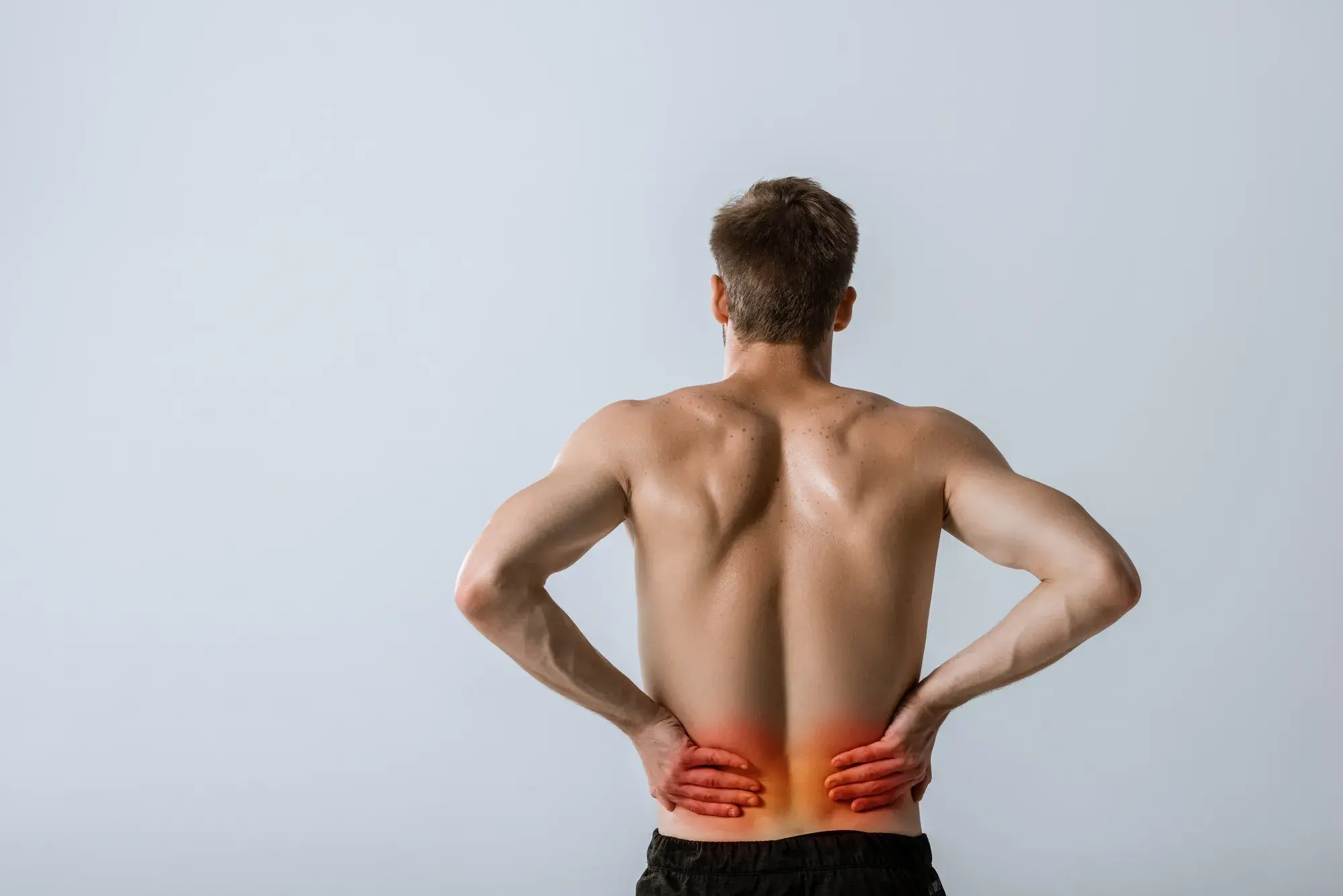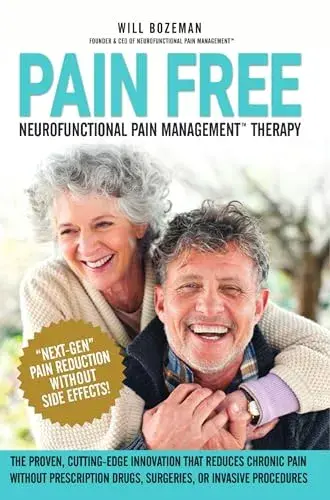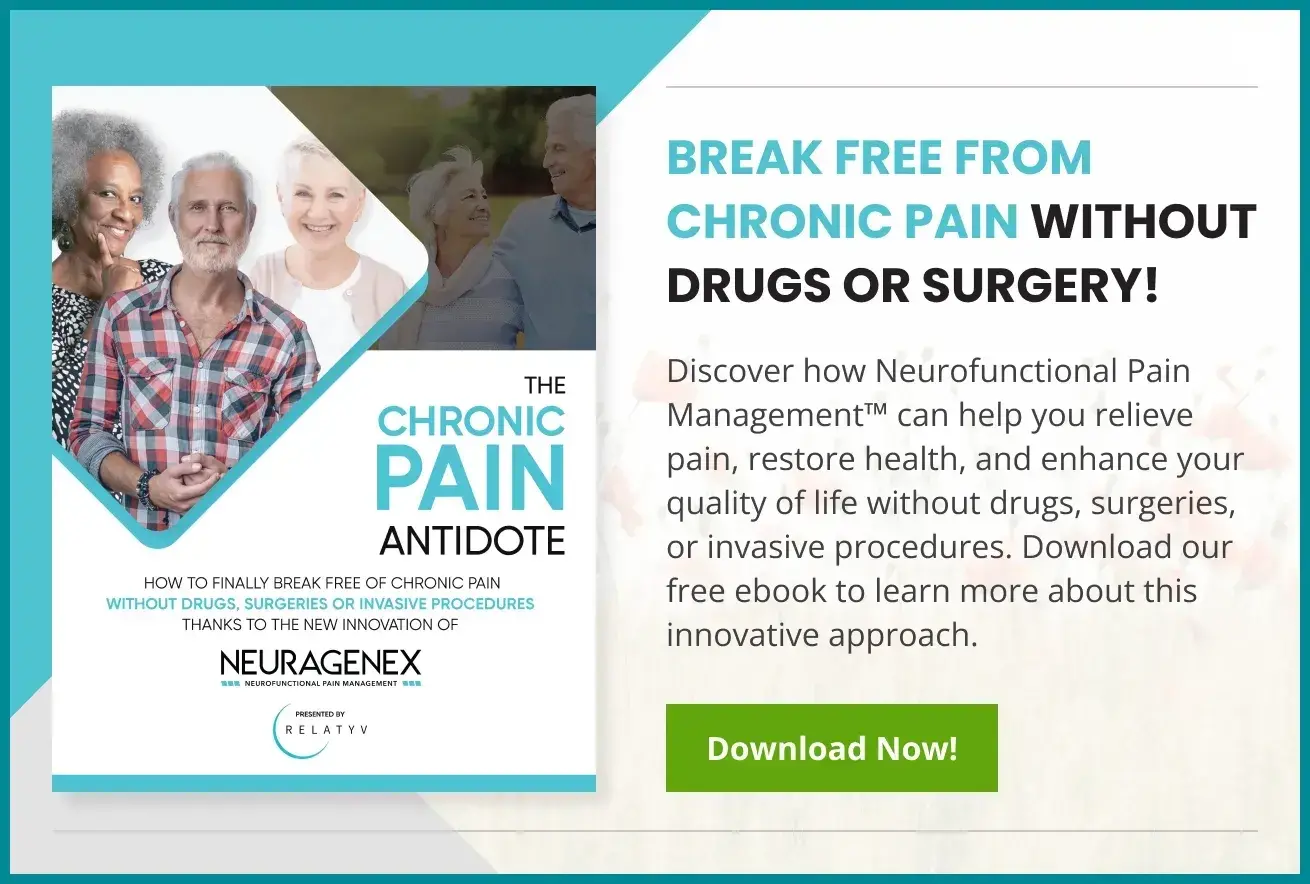Back Pain

How To Tell If Back Pain Is Muscle Or Disc
Read More
November 10, 2022
Low back pain is extremely common in the United States and manifests across a wide range of people in a wide range of scenarios. A common demographic of low back pain are patients who are obese or have suffered injury throughout their lifetime. However, low back pain can be a result of many different conditions including injury. While most pain experienced is mild and manageable, many patients experience pain that is debilitating and prevents them from completing any normal, day-to-day activities. Although there are several different causes for low back pain, patients should understand that the pain is manageable through various treatment options. While the most common treatment methods are sought out at home, some may consider surgical options such as implants and surgery procedures. For patients who seek a nonsurgical treatment for lower back pain, options should be thoroughly examined for the following: efficacy, side-effects, and lasting results.
When faced with the effects of lower back pain, patients will often resort to constant rubbing and massaging the lower back without realizing that their pain is likely the result of nerves firing and not muscles being overworked. People often assume the pain is a result of muscle fatigue because the affected area is often the same area they would feel pain in after heavy-lifting. It would come to no surprise that patients experience frustration after massaging the affected area to no relief. The first thing that patients with lower back pain need to understand is that most lower back pain is a result of the nerves in their lower back being compressed or impinged which makes them agitated and report pain. The first step in seeking effective treatment is learning what is wrong with our bodies. Once we know and understand what our bodies are communicating to us, we can assess the situation, seek effective treatment, and overcome our obstacles quickly.
Some of the most common causes for lower back pain might not be readily apparent to patients and may take a proper diagnosis from a medical professional before starting the recommended treatment. As mentioned previously, most people will experience lower back pain in their lives and it will likely become an issue for which most would seek medical attention. The types of patients who seek medical attention for lower back pain will often be divided into subsets before doctors recommend them for a particular treatment. So, like medical professionals, when considering the causes of lower back pain, we must also consider these various subsets of patients who are categorized by the conditions they face that would be considered risk factors.
The first, most prominent qualifier for the cause of lower back pain is age. Lower back pain is most common with patients who are over the age of thirty. This is not to say that patients under thirty cannot or will not experience back pain, but it is more likely that a patient who is experiencing back pain will be over the age of thirty. Unfortunately, age is a risk factor for most conditions including lower back pain and this is due to the wearing down of disks that sit along the vertebrae of the human spine. Over time, these soft and flexible disks that can absorb the impact and stretching required from physical activity, become more brittle and unable to support the weight placed upon the vertebrae of the spine.
The issue of accomplishing physical tasks is further exacerbated by the weight of an individual. The extra and unnecessary weight of an individual will strongly contribute to the pain experienced in the lower back. Because we ask our spine to handle hundreds of tasks which can often be strenuous every day, adding extra weight to the spine would further increase the pain experienced by patients with lower back pain. Weight is often a result of an individual’s occupation or lifestyle. Unfortunately, those who live or work in an environment that is more sedentary and requires the patient to sit for several hours at a time have a much higher chance of being overweight and experiencing greater low back pain. Patients who live or work in such environments may be surprised to learn that their environment can cause lower back pain because it is not requiring them to do any strenuous exercise or activities. Contributing factors for low back pain, while surprising, are no less serious and vary from the aforementioned qualifiers to osteoarthritis and even depression or anxiety.
With these conditions and qualifiers in mind as causes for low back pain, we must also consider a condition that is directly tied to the nerves along the lower back, sciatica. Sciatica is a condition that results from the pinching of the sciatic nerve, may also be directly tied to the disks along the vertebrae that compress the nerve. So, if the nerve is compressed by the disks, the disks along the spine are also wearing out over time, and a patient suffers from any of the former qualifiers, one can begin to understand that low back pain is a condition that is complex and multifaceted.
At the outset in search of treatment, patients who understand that their low back pain is likely a result of more than one contributing factor. Because of the compounding of conditions that contribute to low back pain, patients will often feel discouraged and assume that there is no one-size-fits-all solution to their back pain. While most patients may know of temporary pain-relievers, all would rather have effective, safe, and lasting treatment without risking surgery.
The most common and available relief for lower back pain includes the use of nonsteroidal anti-inflammatory drugs (NSAIDs). These over-the-counter drugs are largely considered safe for temporary pain relief and therefore readily available to most of the population. Some of the more recognizable NSAIDs are Ibuprofen, Acetaminophen, or Aspirin. And while these drugs can provide temporary relief, there are other effects that should be considered by patients. While not directly addictive to patients who take NSAIDs to deal with pain, the risk of dependency cannot be dismissed. NSAIDs, by their very nature, are supposed to have a temporary effect. The effects of NSAIDs, while often effective at treating pain, are ephemeral and do not last long enough for patients to experience relief over a long period of time. One who experiences the effects of low back pain for long periods of time will know that NSAIDs are not going to be a lasting treatment. While some treatments act like stitches that clean and suture the wound, NSAIDs could be compared to a bandaid that must be replaced every eight-to-ten hours after application. For many patients, the minor efficacy of NSAIDs can cause a type of dependency and even overdose, not to mention the internal destruction on your body that occurs from overuse of these medications. The mild nature of NSAIDs often leads to patients desiring heavier doses outside of the recommendation which is a dangerous step that should not be considered when treating low back pain. Some NSAIDs are deadly when consumed in too high a quantity too quickly.
NSAIDs, like all drugs, are not without their side-effects. In a study done in February of 2020, doctors V.K. Sharma and associates concluded that, “[a]lthough NSAIDs are among the most commonly utilized drugs, their use is associated with a broad spectrum of side effects, which may include gastrointestinal and cardiovascular toxicity” (2020). According to a study conducted in 1993 by Dr. Bjarnason, the gastrointestinal effects range from diarrhea to ulcers, holes or perforations, and bleeding in the small intestine. Cardiovascular toxicity as a result of NSAID ingestion can also result in severe and irrevocable damage to the heart. It is likely that most patients will rightly conclude that the dependency on NSAIDs to treat low back pain can lead to these conditions especially if dependency and frequency of NSAID use are increased over time.
Low back pain, depending on its contributing factors, is likely a signal from the nerves along the spine and unfortunately, is often not solved with a simple back massage. Any painful condition associated with the central nervous system can be effectively treated and when it comes to low back pain, non-surgical non-invasive treatment options with Relatyv should be your first consideration. The contributing factors of low back pain range from age, to weight and even mental health, and affect the nerves of the lower back. resulting in unmitigated pain.
Along with a solution to many other painful conditions, Relatyv offers its proprietary Neuralgesia treatment program as a solution to the chronic pain associated with low back pain. Because many conditions are a result of the misfiring or restriction of nerve function in the central nervous system, the method for diminishing this pain is the same. Relatyv uses a treatment protocol called Neuralgesia. Neuralgesia is a combination of high pulse electrical stimulation technology and specialized hydration therapy that create a compounded pain relief effect that may last for many months after a course of treatment. Neuralgesia high pulse electrical stimulation is unlike other low-pulse and low-power electrical stimulation systems that are common in chiropractic offices and physical therapy offices. High pulse electrical stimulation systems require physician and medical provider oversight for application. This along with a specialized hydration therapy can produce results that may last for months and month. Many patients report substantially relieved pain after just one treatment and the quality of life aspects of Neuralgesia therapy are also impressive as many patients report being able to sleep through the night without pain and can finally begin to walk and move around without constant pain.
About the Author
Will is a healthcare executive, innovator, entrepreneur, inventor, and writer with a wide range of experience in the medical field. Will has multiple degrees in a wide range of subjects that give depth to his capability as an entrepreneur and capacity to operate as an innovative healthcare executive.
Share on Social Media




You can see how this popup was set up in our step-by-step guide: https://wppopupmaker.com/guides/auto-opening-announcement-popups/
You can see how this popup was set up in our step-by-step guide: https://wppopupmaker.com/guides/auto-opening-announcement-popups/
Neurofunctional Pain Management Overview
Symptoms
Conditions Treated
Treatments
Articles by Category
Locations
Colorado
Wisconsin
Georgia
Hiram
Lawrenceville
Marietta
Powder Springs
Texas
Waco
Victoria
Illinois
Buffalo Grove
New Lenox
St. Charles
Arizona
Tucson
Waddell
Arlington
Avondale
Buckeye
Superior
Mesa
Palo Verde
Morristown
Tempe
Chandler
Anthem
Eloy
Florence
Fort McDowell
Phoenix
El Mirage
Coolidge
Gilbert
Arizona City
Casa Grande
Casa Blanca
Aguila
Sacaton
Apache Junction
Kearny
Stanfield
Goodyear
Litchfield Park
Alabama
Arkansas
California
Florida
Idaho
Indiana
Iowa
Kansas
Louisiana
Maryland
Michigan
Rhode Island
Minnesota
Mississippi
Nevada
New Jersey
New Mexico
North Carolina
Ohio
Pennsylvania
South Dakota
Tennessee
Utah
Virginia
Washington

